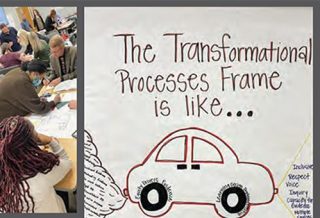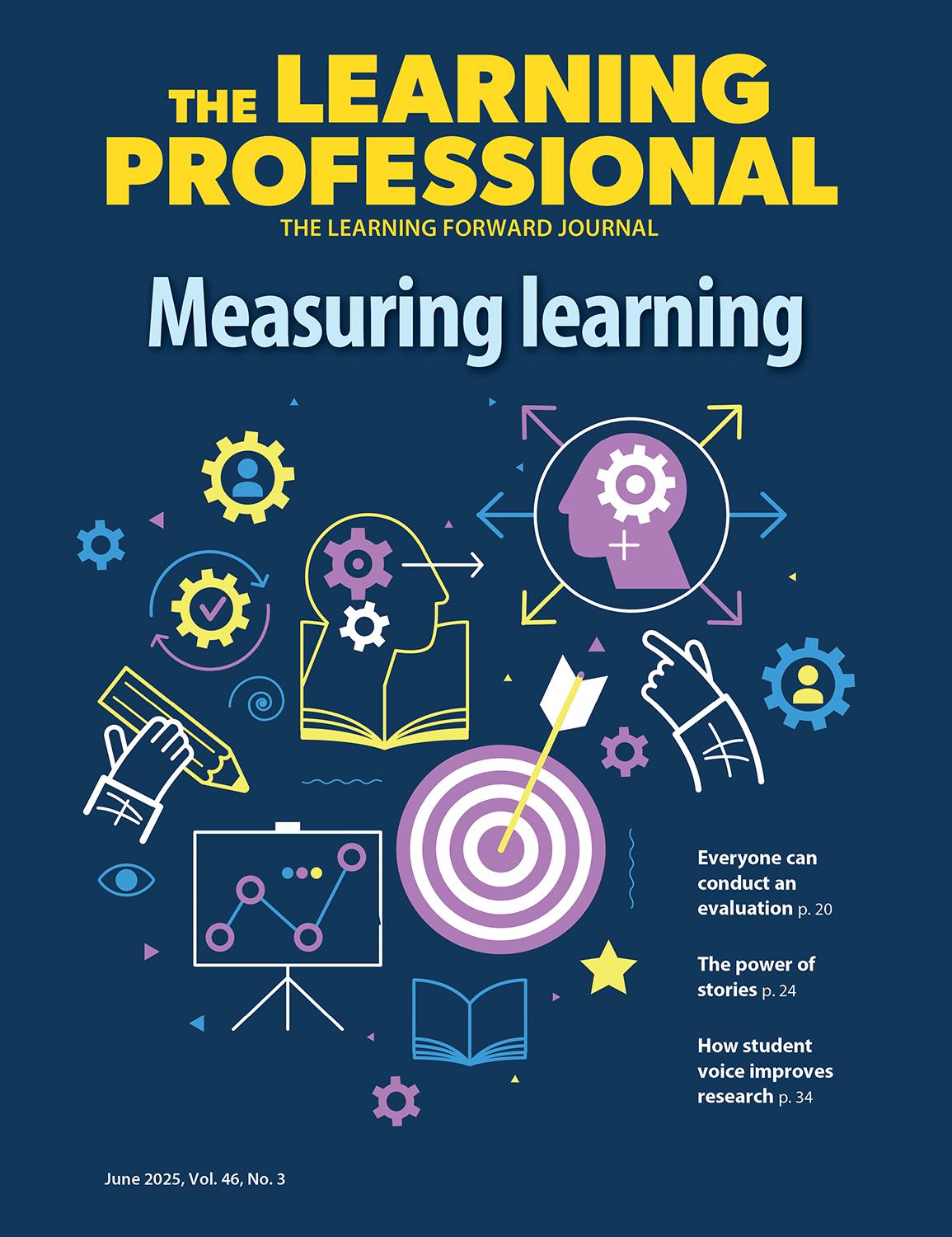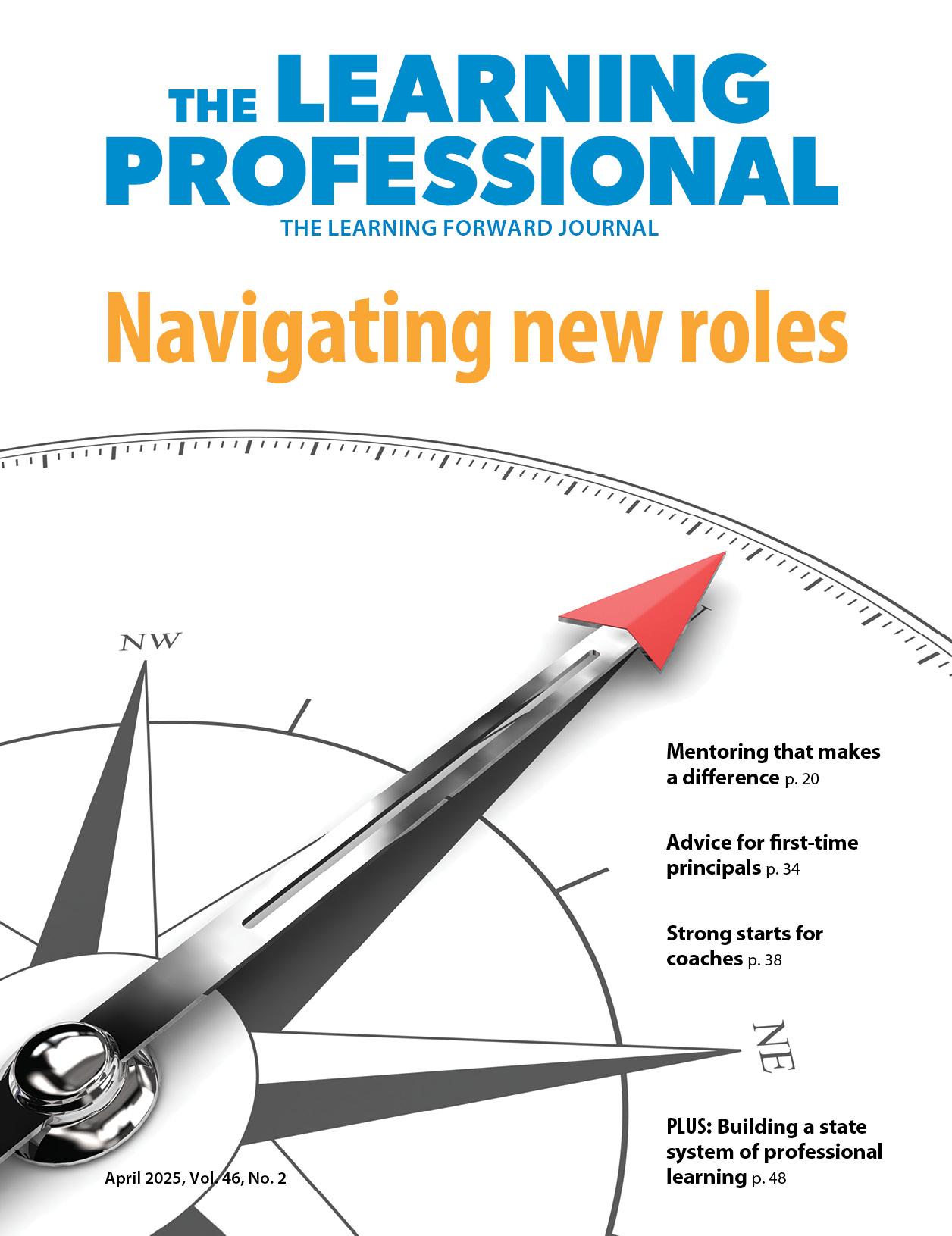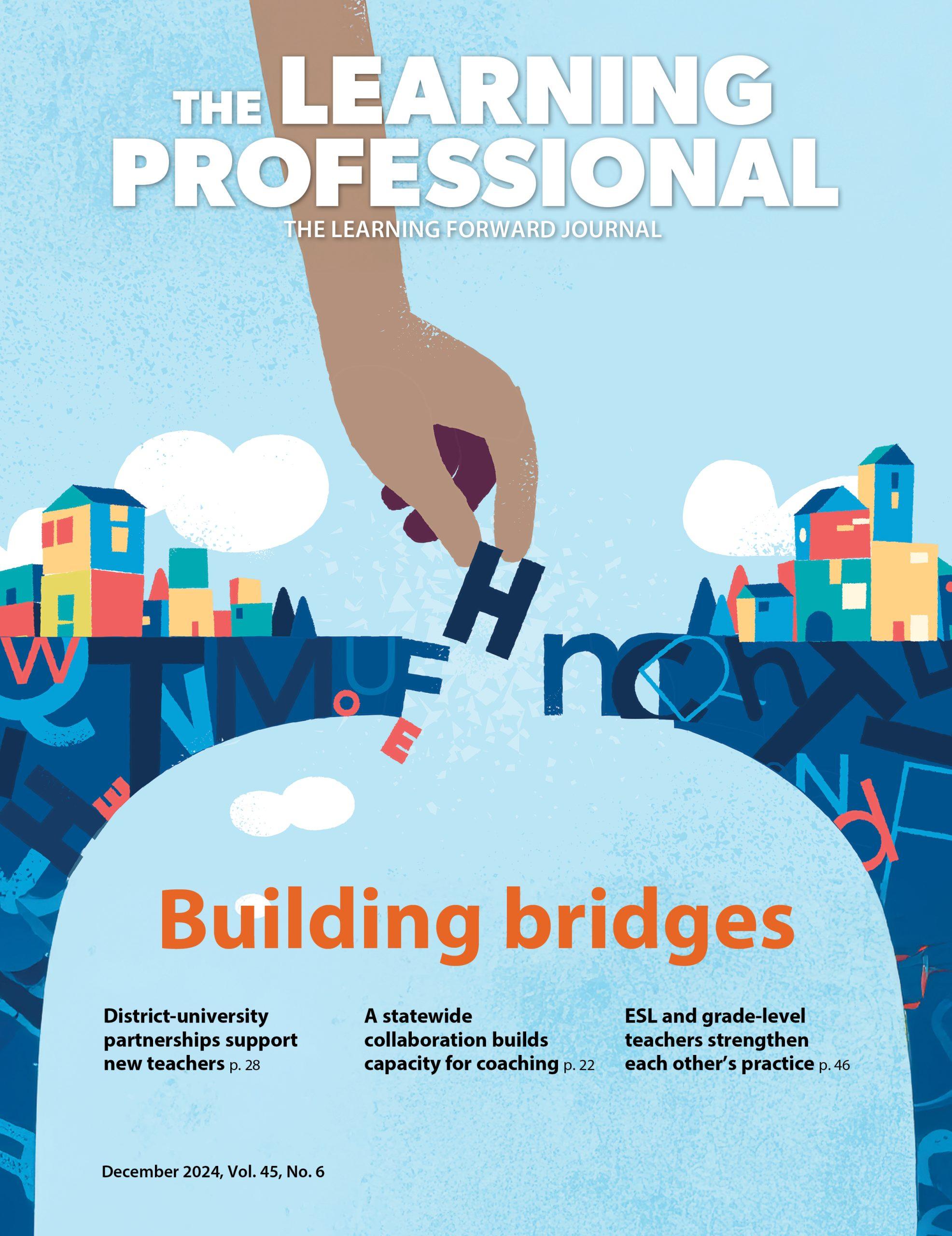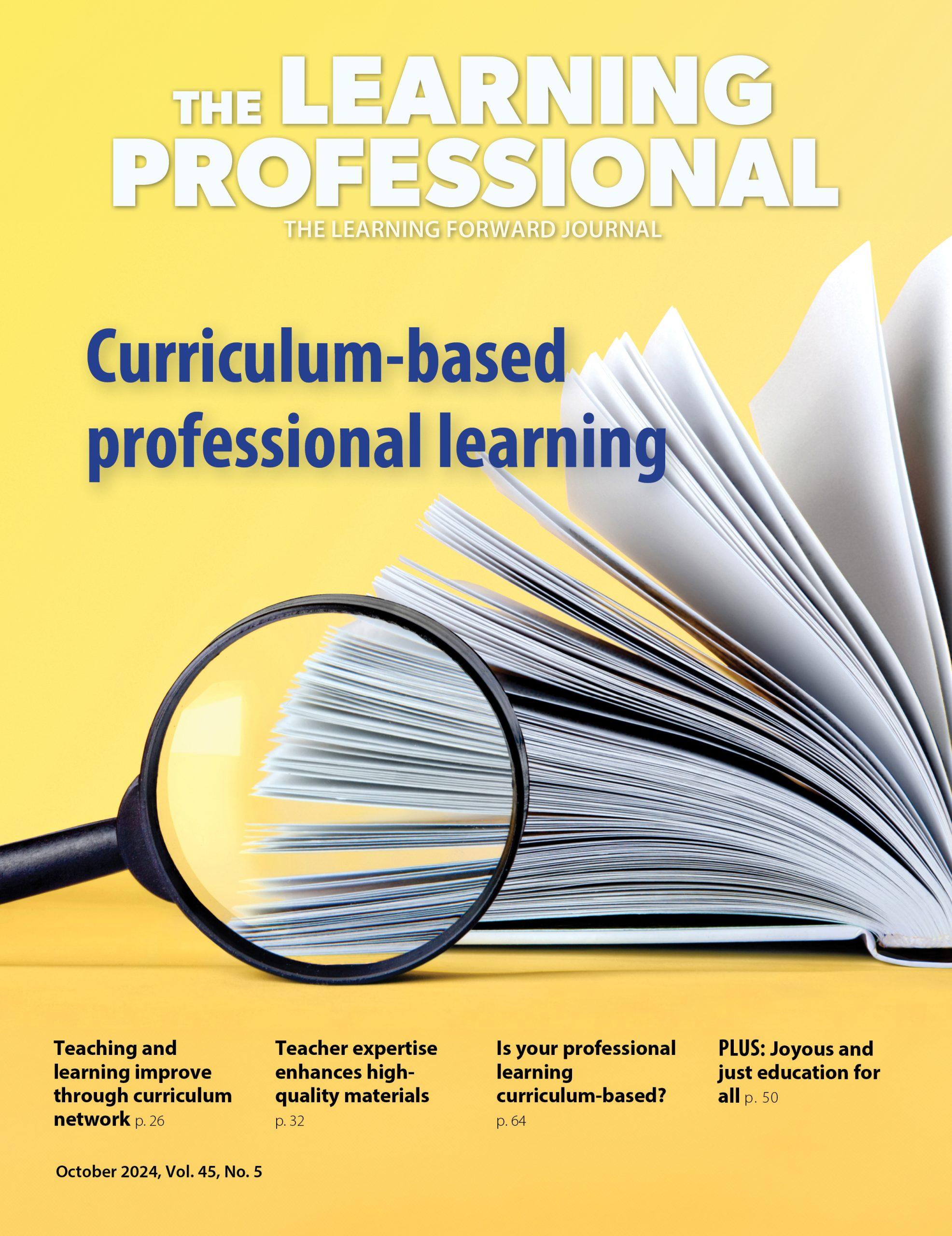FOCUS
An educator’s guide to equity for Asian American and Pacific Islander people
By Virginia Nguyen and Stacy Yung
Categories: Reaching all studentsJune 2021
Read the remaining content with membership access. Join or log in below to continue.
Sed ut perspiciatis unde omnis iste natus error sit voluptatem accusantium doloremque laudantium, totam rem aperiam, eaque ipsa quae ab illo inventore veritatis et quasi architecto beatae vitae dicta sunt explicabo. Nemo enim ipsam voluptatem quia voluptas sit aspernatur aut odit aut fugit, sed quia consequuntur magni dolores eos qui ratione voluptatem sequi nesciunt. Neque porro quisquam est, qui dolorem ipsum quia dolor sit amet, consectetur, adipisci velit, sed quia non numquam eius modi tempora incidunt ut labore et dolore magnam aliquam quaerat voluptatem.
References
Alexander, K.L. (n.d.). Patsy Mink. National Women’s History Museum. www.womenshistory.org/education-resources/biographies/patsy-mink
Budiman, A. & Ruiz, N.G. (2021, April 9). Asian Americans are the fastest-growing racial or ethnic group in the U.S. Pew Research Center. www.pewresearch.org/fact-tank/2021/04/09/asian-americans-are-the-fastest-growing-racial-or-ethnic-group-in-the-u-s/
Center for the Study of Hate and Extremism. (2021, March 2). Fact sheet: Anti-Asian prejudice March 2020. www.csusb.edu/sites/default/files/FACT%20SHEET-%20Anti-Asian%20Hate%202020%203.2.21.pdf
Education Data Partnership. (2021). Census day enrollment by ethnicity. www.ed-data.org/ShareData/Html/44928
Harewood, A. & Keefer, T. (2009, October 8). Revolution as a new beginning. Upping the Anti. uppingtheanti.org/journal/article/01-revolution-as-a-new-beginning/
Jewish Virtual Library. (n.d.). Ho Feng-Shan. www.jewishvirtuallibrary.org/feng-shan-ho
Kim, C.J. (1999). The racial triangulation of Asian Americans. Politics & Society, 27(1), 105-138. doi.org/10.1177/0032329299027001005
Xu, J. & Lee, J.C. (2013). The marginalized “model” minority: An empirical examination of the racial triangulation of Asian Americans. Social Forces, 91(4), 1363-1397.
Virginia Nguyen (@VirginiaHNguyen) are cofounders of Educate to Empower (contactedutoempower@gmail.com).
Stacy Yung (@stacyyung) is cofounder of Educate to Empower (contactedutoempower@gmail.com).
Categories: Reaching all students
Recent Issues
NAVIGATING NEW ROLES
April 2025
Whether you’re new to your role or supporting others who are new,...
LEARNING DESIGNS
February 2025
How we learn influences what we learn. This issue shares essential...
BUILDING BRIDGES
December 2024
Students benefit when educators bridge the continuum of professional...
CURRICULUM-BASED PROFESSIONAL LEARNING
October 2024
High-quality curriculum requires skilled educators to put it into...





